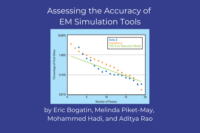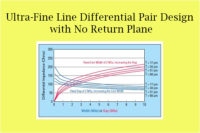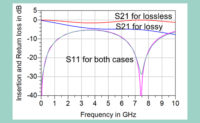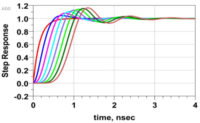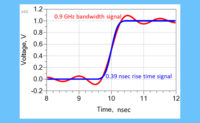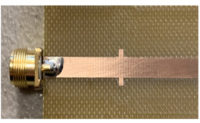Melinda Piket-May
Melinda Piket-May has been a Professor at the University of Colorado Boulder for 27 years. Her areas of research include signal integrity, computational electrodynamics, assistive technology for special needs, engineering education and pre-collegiate outreach. She is very involved in faculty governance and has won numerous teaching and research awards.

